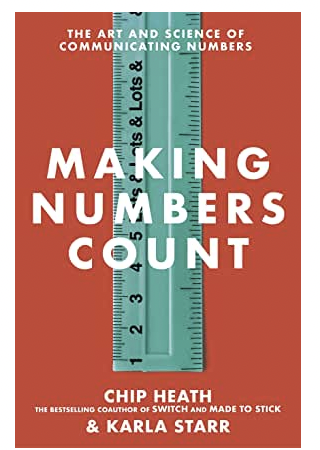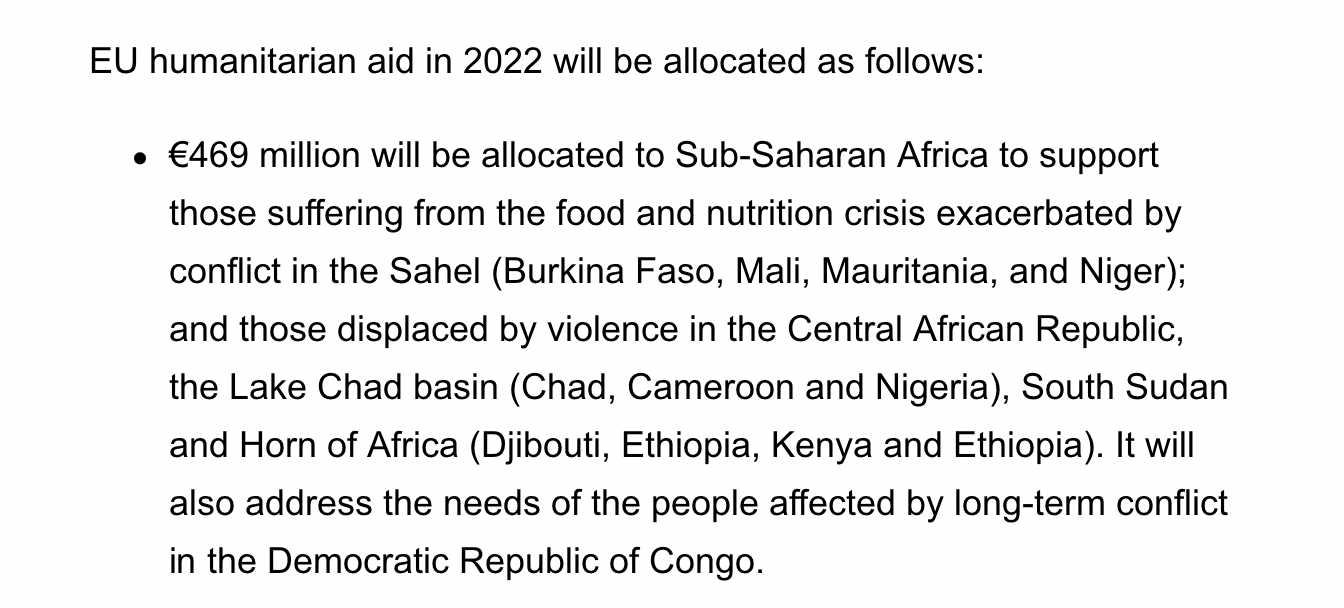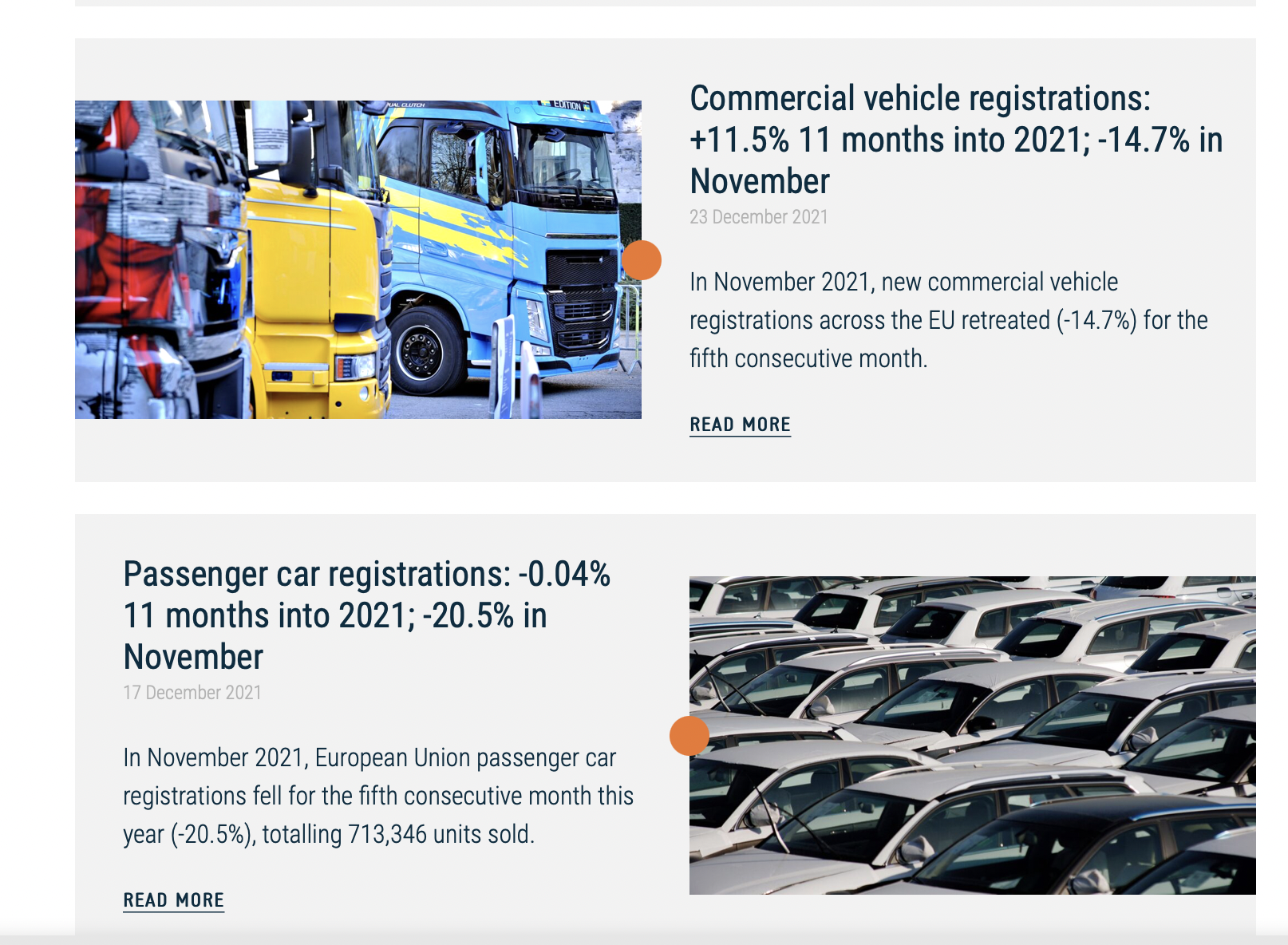Numbers are essential and are used a lot in public policymaking and lobbying.
There is just one problem. Nobody really understands numbers.
Numbers can cause confusion, annoyance, and often, the rejection of your position.
This book provides some principles that show you how you translate numbers into a language that people can understand and use.

Numbers are used a lot in Brussels
The Commission, industry and NGOs use numbers a lot.
Below are 3 random examples of press releases from the European Commission, ACEA and EEB.
European Commission
EU at forefront of global humanitarian response: €1.5 billion for 2022 (link)

ACEA (link)

EEB (link)

Most people find large numbers numbing. They shut down at any number greater than 5.
If I understand this correctly, the Commission is setting aside 469 million euros for the 262 million malnourished people of sub-Sahara Africa, or less than 2 euro a year per person.
The Curse of Knowledge
Most policy-making and lobbying is done by experts. Most experts are infected with the “Cure of Knowledge”. As Heath & Starr say “they wildly overestimate how much of their mental model of the world is shared by the audience” (p. xviii).
The trick they argue is: “If you can use it and make it clear, bringing what is obscure and distant into the range where others can see it and feel it – well, then you have a superpower. Supermen could see through walls; you can then make the walls invisible so everyone else can see through them”.
This superpower is within everyone’s grasp.
Principles
Heath & Starr provide 18 chapters full of useful principles that you can apply to make your numbers understandable. I’ve listed them, and some of the examples they give.
- Translate Everything. If you don’t you’ve left it in a foreign language and neglected to translate.
- Avoid Numbers: Perfect translations don’t need Numbers. e.g. Imagine a gallon jug filled with three ice cubs next to it. All of the water in the jug is salty water. The ice cubes are the only freshwater, and humans can only drink the drops that are melting off each. Or, Among Fortune 500 CEOS, there are more men named James than there are women.
- Try focusing on 1 at a Time. e..g The US national debt is $27 trillion – $82,000 per citizen.
- Favour User-Friendly Numbers. e.g. Instead of ‘40% of U.S. adults don’t always wash their hands after using the bathroom at home’ try this ‘2 out of every 5 people you shake hands with may not have washed their hands between using the toiler and touching your hands’
- Find your fathom: Help people understand through simple, familiar comparison. If you want to help people understand quickly, define the new concept in terms of something your audience already knows. e.g. Avoid this “3.9 times bigger than your home state’, in favour of this: ‘About as big as New York’s population.
- Convert abstract numbers into concrete objects. e.g. Instead of ‘CFL (carbon fluorescent light-bulbs” use a quarter of the electricity of standard bulbs and last 7 years in between replacements compared with the “replace every year” cycle for typical bulbs, to “Replace your lights with CFLs when your child is learning to walk. The next time you’d have to replace the bulb, your child would be in second grade, learning about oxygen. The next time, they’d be taking driver’s ed.”
- Recast your number into different dimensions: try time, space, distance, money and Pringles. e.g. A single Pringle has 10 calories to in order to burn off the calories in a single Pringle, you’d have to walk 176 yards, or almost 2 football fields.
- Human Scale: Use the Goldilocks Principle to make your numbers just right. e.g. The average American spends 2 hours a day on social media vs. Suppose you were willing to give up your 2 hours of Facebook on Fridays. Well, 5 months from today, you could say that you’ve made it all the way through War and Peace. And all you have to do is give up Facebook on Fridays.
- Florence Nightingale avoids sry status by using transferred emotion. e.g We have 600 deaths per 1,000 troops vs We had, in the first seven months of the Crimean campaign …. from disease alone, a rate of mortality which exceeds that of the Great Plague of London.
- Comparatives, Superlatives and Category Jumpers. e.g. In terms of economic prowess, California leads all the other 49 states in GDP vs. If California were a free-standing country, it would be the 5th largest economy in the world.
- Emptional amplitude. Select combos that hit the right notes together. e.g. A 12-ox serving of Ocean Spray Cran-Apple juice has 44 grams of sugar, or 11 teaspoons. vs. Drinking a 12 oz serving Ocean Spray Cran-Apple juice is the sugar equivalent of 3 glazed doughnuts from Krispy Kreme …. plus 4 sugar cubes.”
- Make it personal. This is about you.
- Bring your number into the room with a demonstration. e.g. The U.S. Congress is 73% male and frequently passes legislation that affects the lives of women vs. If you have a large group, select a subgroup of 3 women and 1 man. Have them vote on issues that only affect the men in the group.”
- Avoid numbing by converting your numbers to a process that unfolds over time. e.g. There are more than 400 million firearms in the U.S. That’s enough for every man, woman, and child and own one, with 70 million remaining vs. There are more than 400 million firearms in the U.S. That’s enough for every man, woman, and child to own one, with enough left over that you could give one to ever y baby born in America for the next 20 years.”
- Offer an encore. e.g. If everyone in the world ate as much meat as America,s, the amount of land required to raise livestock would equal 138% of the inhabitable land on Earth vs. If everyone in the world ate as much meat as the Americans, all inhabitable land on Earth would have to be used to raise livestock – and we’d still need more, an additional landmass as big as Africa and Australia combined.”
- Make people pay attention by crystalising a pattern then breaking it. e..g 59% of Americans said that growing trade ties between countries are “very good” or “somewhat good” vs. Zakaria, citing a Pew Survey: “Thumping majorities everywhere said that growing trade between countries are ‘very good or somewhat good’ – 91% in China, 85% in Herman, 88% in Bulgaria, 87% in South Africa, 93 $% in Kenya and so on. Of the 47 countries surveyed, the one that came in dead last was …. America, at 59%. The only country within 10 points of us was Egypt”.
- Map the landscape by finding the landmarks. e.g. A normal platelet count ranges from 150,000 to 450,000 platelets per microliter of blood. Your recent blood works showed that your platelet count is 40,000. That’s way too low” vs . “Normal scores of platelets counts are expressed in thousands, and they range between 150 to 450. At 50, we won’t let you travel. At 10, you’re at risk for spontaneous bleeding. You’re at 40. “
- Build with a Scale model you can work with.
3 rules
In the Annex, Heath ^& Starr provide 3 rules to make your numbers user friendly.
Rule #1: Round With Enthusiasm. e.g. 2/49 vs. About 1 out of 25
Rule #2: Concrete is Better. e.g. Give me 50% of the cookies vs. Give me 3 cookies
Rule #3: Defer to expertise. Speak your audience’s language. e.g. For the general population: The shirt is cheaper vs for a shopping audience: 35% off.
Use the Book
Heath & Starr’s ideas are only useful if you want to communicate with your audience. The good translation of numbers can help build mutual understanding and from that good solutions.
The general lack of understanding of numbers applies to other areas, including science, policymaking and the EU.
If you want to keep people in the dark, carry on, and don’t buy, read, digest and apply the lessons from this book.